All of the coloring pages displayed on this page are free for personal use (view full use policy). Any brands, characters, or trademarks featured in our coloring pages are owned by their respective holders and depicted here as fan art.
Adorable Alpaca Coloring Pages

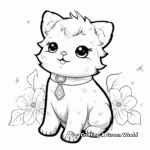
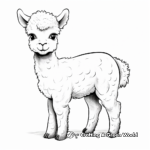

Traditional Peruvian Alpaca Coloring Pages
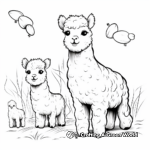

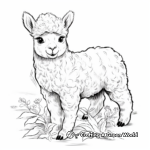

Detailed Alpaca Farm Coloring Pages

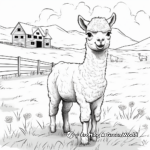
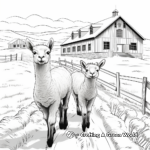
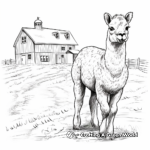
Kid-Friendly Cartoon Alpaca Coloring Pages
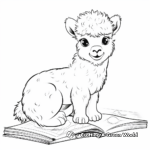
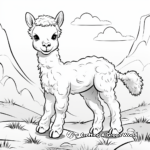

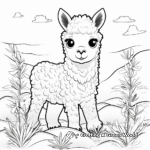
Realistic Alpaca Coloring Pages
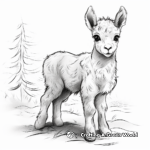
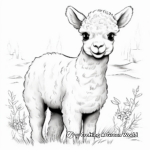
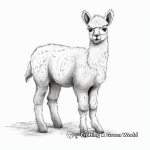
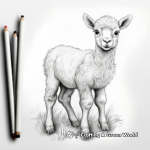
Highly Detailed Alpaca Coloring Pages for Adults

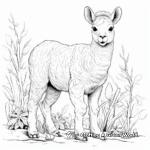

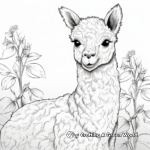
Simple Alpaca Coloring Pages for Kids
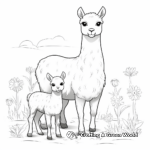

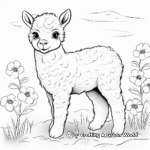

Alpaca in a Pasture: Nature Scene Coloring Pages
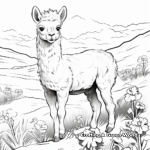
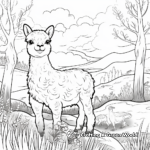
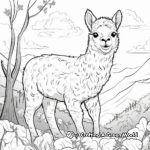

Printable Abstract Alpaca Coloring Pages for Artists
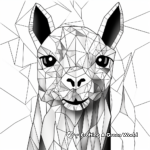



Alpaca Family Coloring Pages: Male, Female, and Cria
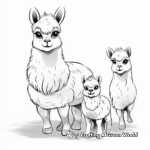



Cute Baby Alpaca Coloring Pages
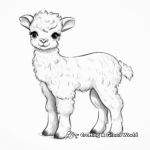
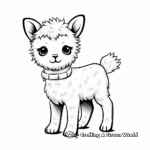
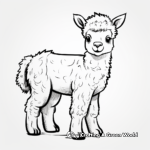

Complex Alpaca Mandala Coloring Pages
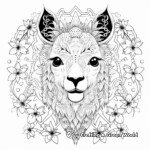
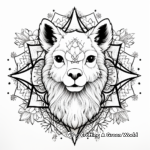
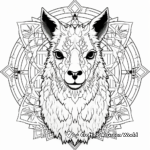

Interactive Alpaca and Llama Coloring Pages

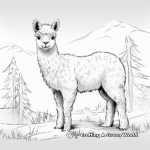
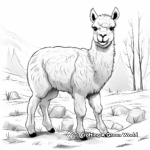
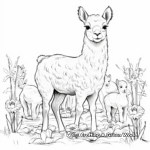
Artistic Alpaca Fleece Coloring Pages
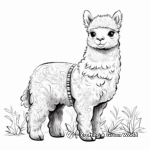

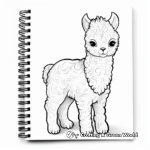

Alpacas In the Andes Mountains Coloring Pages
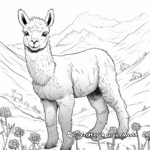



Alpaca with Traditional Peruvian Accessories Coloring Pages




Coloring Pages of Alpaca Herds
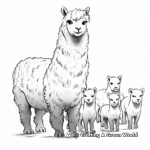

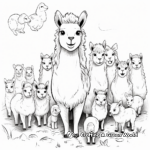

Single And Double Hump Alpaca Coloring Pages
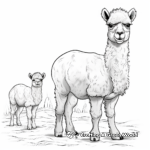

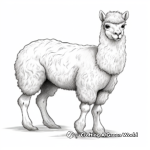
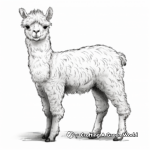
Coloring Pages Featuring Alpaca Faces Close-Up
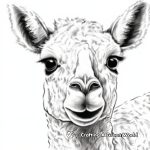


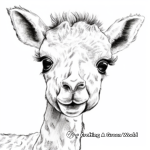
Alpaca Coloring Pages Depicting High-Quality Wool Production
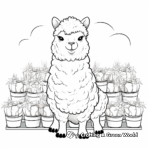
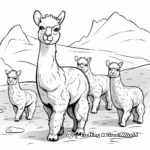

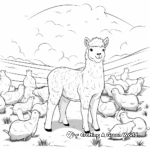
Tips For Coloring Alpaca
What colors should I use for an alpaca coloring page?
Alpacas usually come in colors ranging from white to brown to black. The most common colors are white, light fawn, and dark brown. Their eyes are usually black, while the inside of the ears is a shade darker than the body. For a realistic depiction, you can also add in some grays for shadowing and depth.
How can I add more detail and realism to my alpaca coloring?
Adding more realism to your alpaca coloring can be done by focusing on the fur details. Alpacas have a fluffy and wavy fur. Beginning with a base color, add waves and curls using darker and lighter shades of the same color to show their soft, curly fur. On the face, shorter, straight strokes may be used to depict the shorter hair.
Are there any notable features of the alpaca I should be aware of while coloring?
Yes, alpacas are known for their long neck and legs, as well as their small head and large eyes. In addition, they have a unique, fluffy tail which stands upright. These features should be emphasized while coloring to make your alpaca look as realistic as possible. Alpacas also have distinctive, large ears, which should be a bit darker inside.
Can you share some interesting facts about alpacas that could be integrated into my artwork?
Certainly! Alpacas originate from South America and are one of the cherished animals of the Andes. They are known for their soft wool, which is highly valued for its thermal properties. Including elements of their natural habitat like mountains, grasslands, or a traditional Peruvian background could give your artwork an engaging story and context.
Related Coloring Pages
About Our Coloring Pages
All of the coloring pages displayed on this page are free for personal use. You have our express permission to download, print, color, and enjoy these pages at your own leisure and convenience. Each piece of artwork on this page has been chosen to inspire creativity and make the world of coloring engaging and enjoyable for all age groups. This permission extends to small non-commercial group settings like classrooms or therapy settings - you have our permission to print these for free distribution to small groups.
This permission is granted strictly for non-commercial uses. These images can not be resold, republished, or used for commercial purposes in any form or method. You may not sell the final colored versions, or use them as design elements in a product that is sold. Please contact us for commercial licensing options.
Our priority is to support and inspire creativity among those who love to color. Please join us in honoring this purpose by adhering to these guidelines. Happy Coloring!
